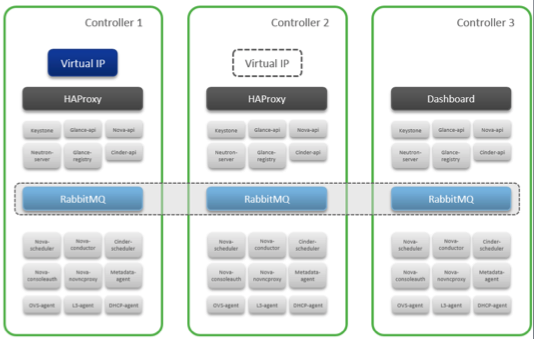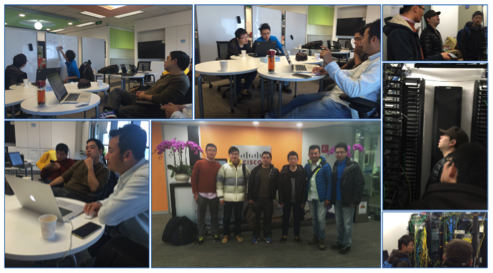Oriental Cable Network (OCN), the largest cable TV operator in China, serves more than 8 million households in Shanghai and generates $196 million in annual revenue. OCN creates an innovative, interactive TV experience and maintains a dominant position in the pay-TV market.
Facing competition from IPTV service providers, OCN is embarking on a major transformation of its infrastructure into an agile, flexible and scalable platform that will host dozens of operation and interactive systems for the delivery of new, high-value, feature-rich media and entertainment services.
The transformation has brought big changes to the environments of multiple vendors including OCN. These changes have been welcomed as OCN has had a critical need for openness, scalability and continuity. The search for solutions driven by these requirements led to the evaluation of open source approaches. By depending on OpenStack’s open standards, OCN was able to build a modularized, scalable and automated hosting platform without proprietary APIs.
The infrastructure was designed following an in-depth selection process and validated through procedures including proof-of-concepts, pre-production tests and production tests. OpenStack components (including Keystone, Nova, Neutron, Glance and Horizon) were ultimately selected in addition to shared services powered by peripheral technologies (including Galera, HAProxy, and RabbitMQ).
Members of the Cisco team that implemented the cloud, architect Qin Chao and cloud engineers Shen Qiang and Liu Chao, shared some additional details with Superuser. The set-up consists of three controllers and 12 compute nodes running CentOS 7 with OpenStack Liberty and Neutron with a distributed virtual router for production traffic. The workloads are based on a custom-built CentOS 6.5 image that includes specialized applications and tools for TV production. There are currently over 30 virtual machines with over 100 expected in the future.

“OpenStack enables our infrastructure to succeed with its transition to a scalable cloud platform with rich management and automation features,” says Huang Haoran, director of operations at OCN. “To keep pace with rapidly growing business, we need to make a fundamental change to the way we view our infrastructure, not just technically, but also operationally. Cisco AS was sophisticated in helping us buildup the capability of our platform and our team during the transition. We are now working closely as one team.”
Business continuity is particularly essential to OCN. This requires all of the underlay and overlay component pieces to be designed in a high-availability fashion. Three controllers are deployed as a cluster of control elements with services in a collapsed configuration.

To simplify and accelerate the entire application deployment life cycle, a heavily customized provisioning tool is integrated into the platform, which allows the VMs, including the prerequisite storage, network and application layer arguments to be automatically set.
Cover Photo // CC BY NC
- Exploring the Open Infrastructure Blueprint: Huawei Dual Engine - September 25, 2024
- Open Infrastructure Blueprint: Atmosphere Deep Dive - September 18, 2024
- Datacomm’s Success Story: Launching A New Data Center Seamlessly With FishOS - September 12, 2024

)










